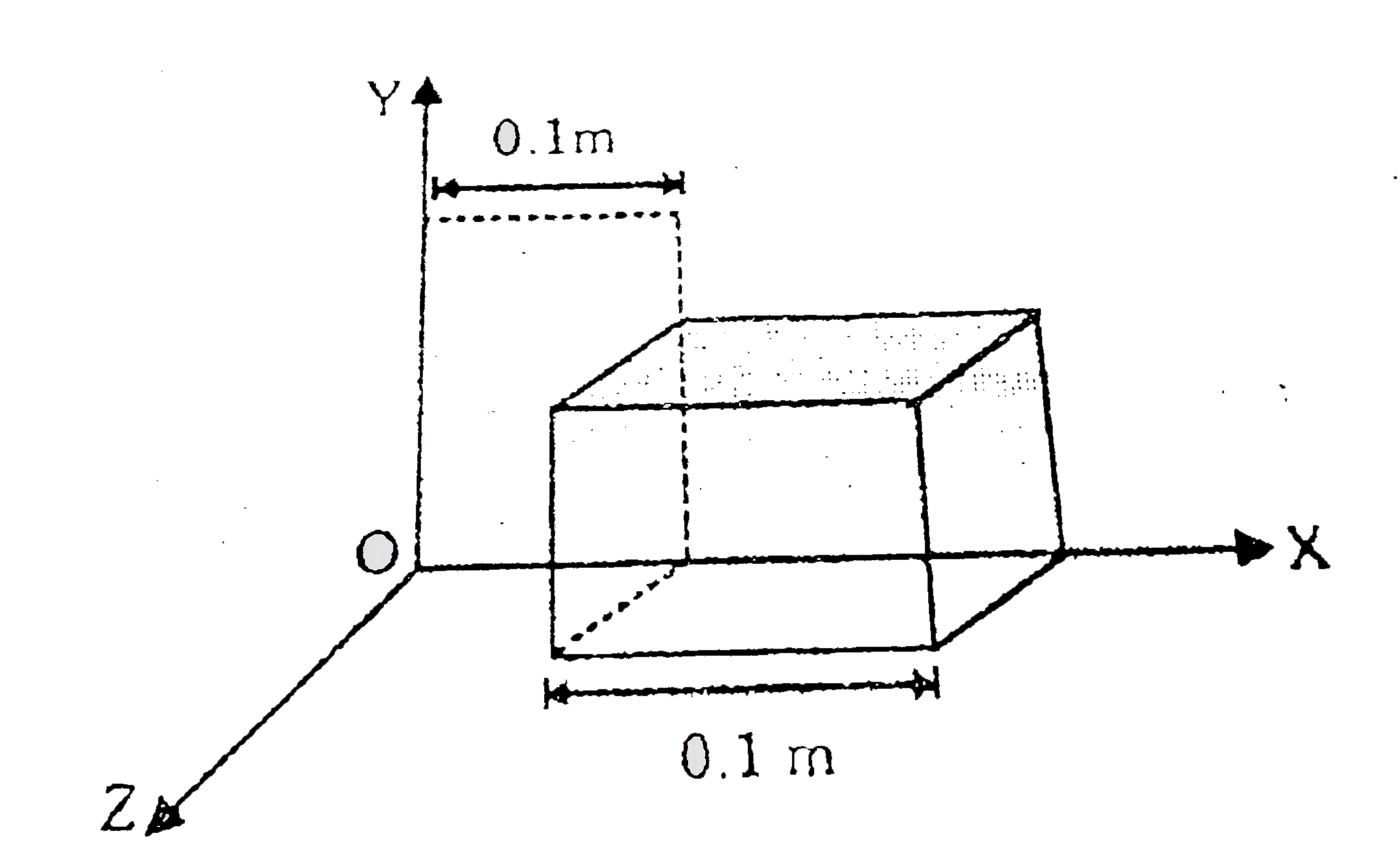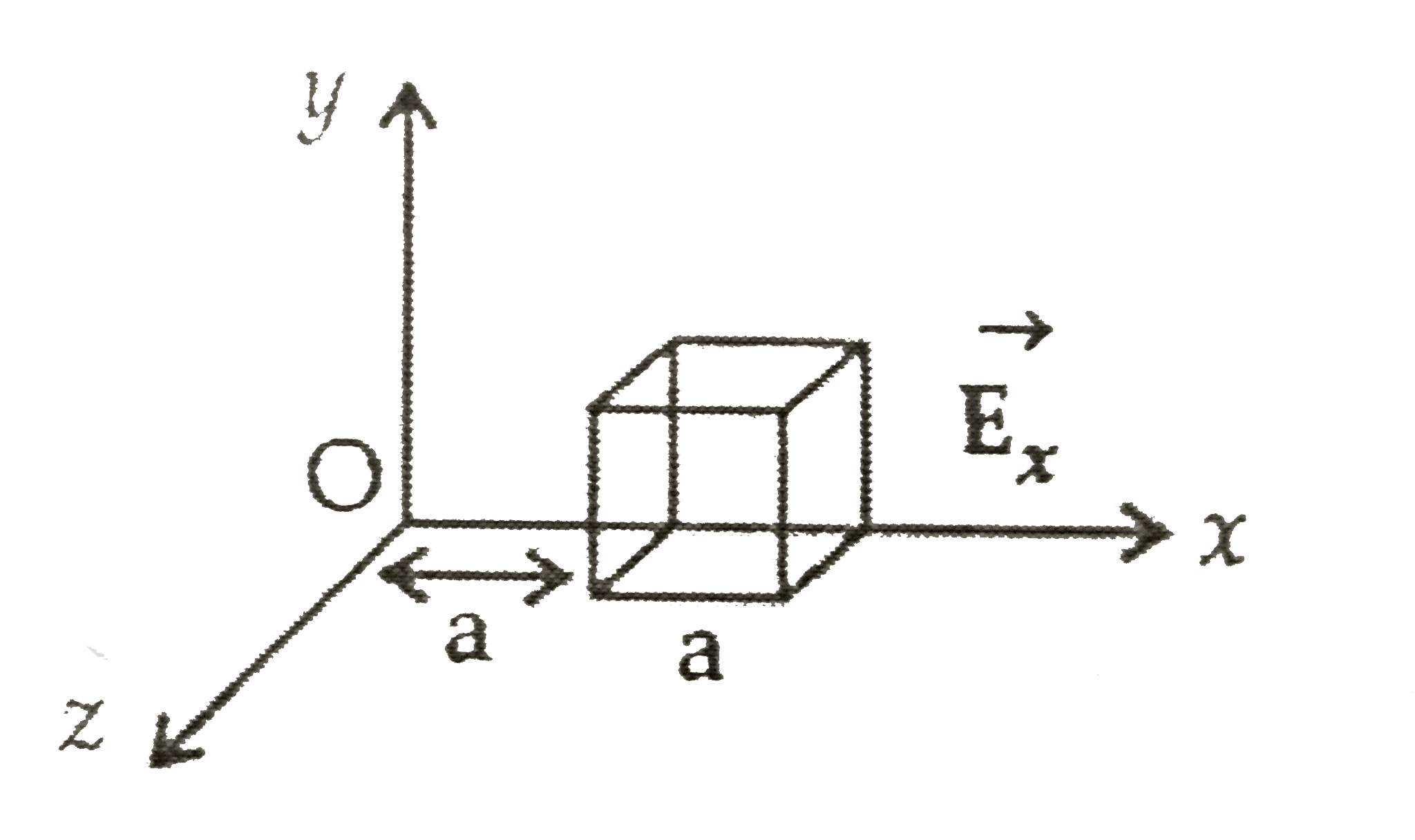Which of the following is correct if
To solve the question, we need to analyze the given reduction potentials and determine the implications for the oxidizing and reducing agents.
1. Understanding Reduction Potentials:
We are given that E∘(x+/x)>E∘(y+/y)>E∘(z+/z). This means that the reduction potential for x+/x is the highest, followed by y+/y, and then z+/z.
Hint: Remember that a higher reduction potential indicates a stronger tendency to gain electrons.
2. Identifying Oxidizing Agents:
The species with a higher reduction potential acts as a stronger oxidizing agent. Since E∘(x+/x) is the highest, x+ is the strongest oxidizing agent among the three.
Hint: Oxidizing agents are reduced themselves while causing other species to be oxidized.
3. Identifying Reducing Agents:
Conversely, the species with the lowest reduction potential acts as a stronger reducing agent. Here, since z+/z has the lowest reduction potential, z acts as the strongest reducing agent.
Hint: Reducing agents are oxidized while causing other species to be reduced.
4. Conclusion:
Based on the reduction potentials:
- x+ is the strongest oxidizing agent.
- z is the strongest reducing agent.
Therefore, the correct statement from the options provided is that x+ acts as a stronger oxidizing agent.
Final Answer: The correct option is that x+ acts as a stronger oxidizing agent.
We are given that E∘(x+/x)>E∘(y+/y)>E∘(z+/z). This means that the reduction potential for x+/x is the highest, followed by y+/y, and then z+/z.
The species with a higher reduction potential acts as a stronger oxidizing agent. Since E∘(x+/x) is the highest, x+ is the strongest oxidizing agent among the three.
Conversely, the species with the lowest reduction potential acts as a stronger reducing agent. Here, since z+/z has the lowest reduction potential, z acts as the strongest reducing agent.
Based on the reduction potentials:
- x+ is the strongest oxidizing agent.
- z is the strongest reducing agent.
Similar Questions
Which of the following pairs of triangle are congruent? ABC:AB=10 cm, ∠A=400, ∠B=550;XYZ:XY=10,∠Y=400, ∠Z=850 PQR:PR=5 cm, ∠P=370, ∠R=640; DEF:DE=5 cm, ∠D=370, ∠F=640
View SolutionWhich of the following pairs of triangles are congruent? ABC:AB=2 cm, AC=4 cm, ∠A=400;XYZ:XZ=YZ=4,∠Z=400 PQR:PQ=5 cm, PR=6 cm, ∠P=550; DEF:DE=6 cm, EF=5 cm, ∠D=550
View SolutionThe electric components in the figure are Ex=αx1/2,Ey=0,Ez=0 where α=800N/m2 if a=0.1m is the side of cube then the charge with in the cube is

View SolutionSolve the following differential equation:
(1+eyx)dy+eyx(1−yx)dx=0(x≠0)
View SolutionSolve the following differential equation:
(1+eyx)dy+eyx(1−yx)dx=0(x≠0)
View SolutionSolve the following differential equation: (1+ex/y)dx+ex/y(1−xy)dy=0
View SolutionDue to a charge inside a cube the electric field is Ex=600x1/2,Ey=0,Ez=0. The charge inside the cube is (approximately):

View SolutionFour metals W, X, Y and Z have the following values of E∘red :
E∘red
W = - 0.140 V
X = - 2.93 V
Y = +0.80 V
Z = +1.50 V
Arrange them in the increasing order of reducing power.
View SolutionDefine electric flux and write its SI unit . The electric field components in the figure shown are : Ex=αx,Ey=0,Ez=0 where α=100NCm.
Calculate the charge within the cube , assuming a = 0.1 m .

View SolutionConsider the following conclusiond regarding the components of an electric field at a certain point in space given by Ex=−Ky,Ey=Kx,Ez=0 .
View Solution
